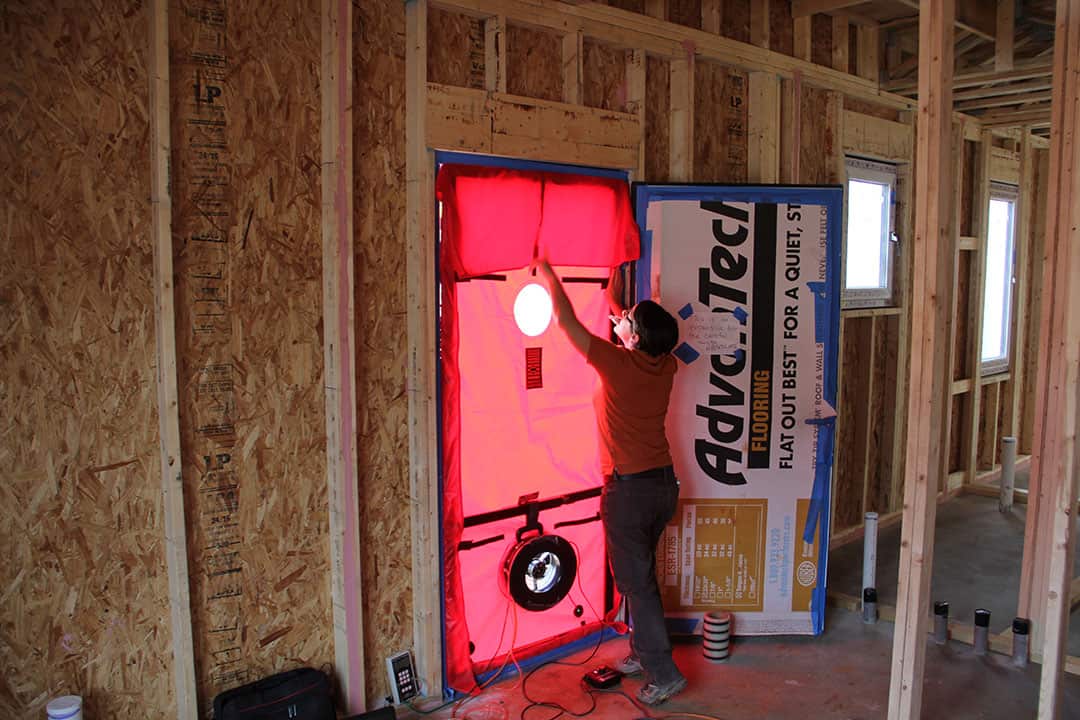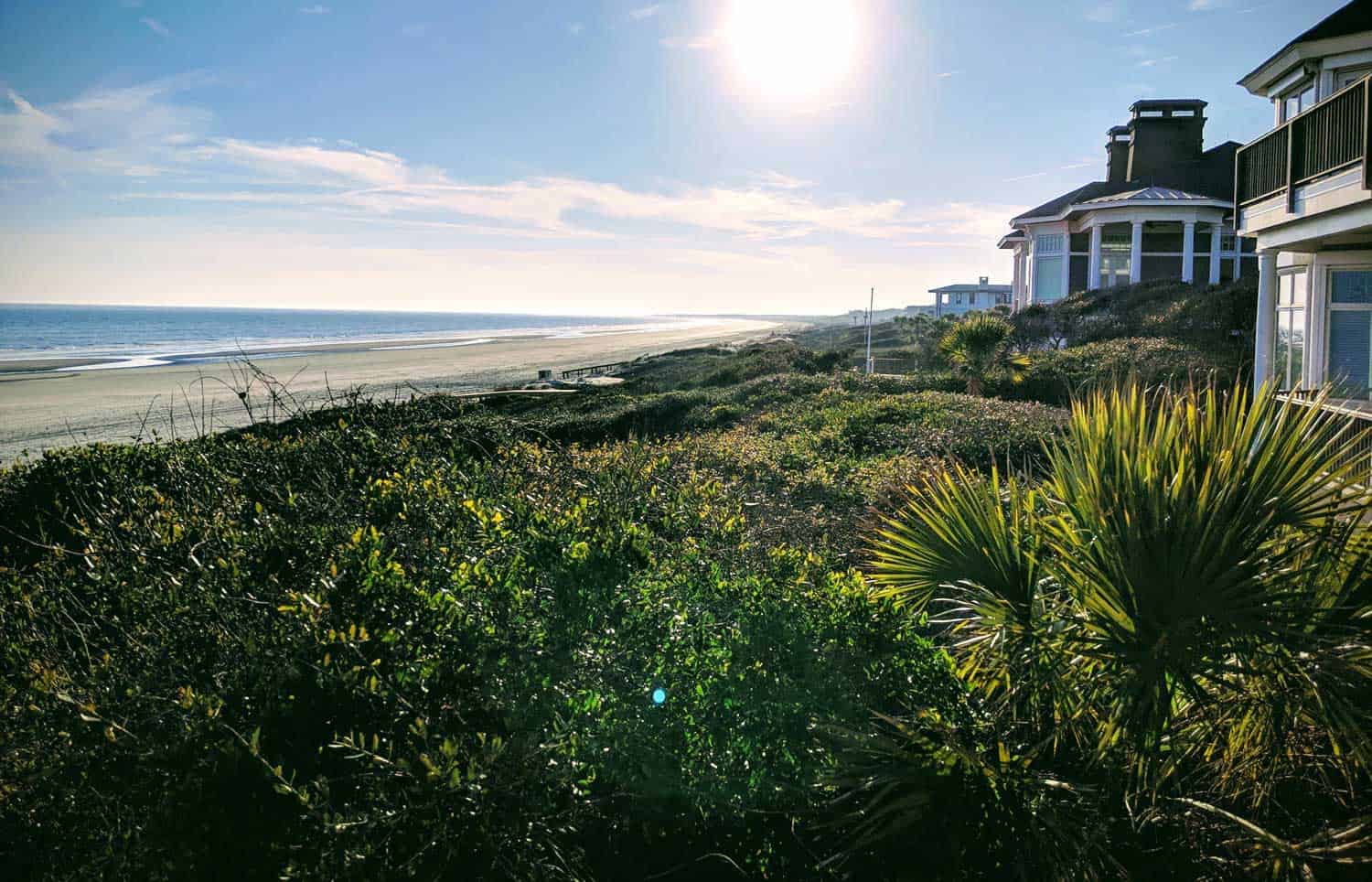PROSOCO helps world's busiest land port achieve extreme energy efficiency.
Each day, the equivalent population of a good-sized U.S. city (an estimated 102,000 people) travels through the San Ysidro Land Port of Entry, the busiest land port in the world that processes pedestrians and vehicles passing the border between San Diego and Tijuana, Mexico.
Besides handling that immense volume of traffic, the facility also houses offices and operational space for employees who work at the port of entry.
In a joint project between the U.S. and Mexican governments, the entire facility is in the midst of a $625 million overhaul involving the expansion of vehicle lanes and inspection booths, the demolition of the old administrative building and new construction of a multi-story replacement, and more.
The new administrative building is about 200,000 square feet with three above-grade levels and one below-grade level.
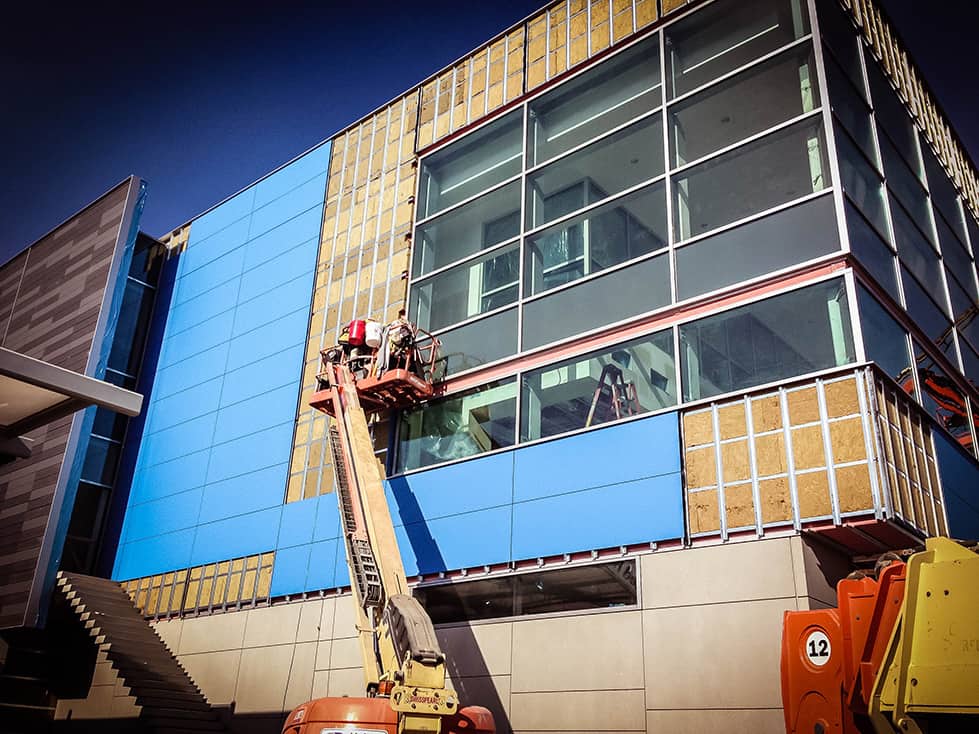
The owner of the project, General Services Administration, called for a lofty ambition for this structure — net-zero energy, meaning the structure will supply as much power as it uses. Once completed, the port will be the first facility open 24 hours a day, seven days a week and 365 days a year to achieve this goal in the U.S.
The waterproofing portion of this massive project called for a high-performance air barrier, said Peter Spruance, AIA, architect at the Miller Hull Partnership, which designed the port-of-entry renovation.
That bid went to PROSOCO's R-Guard air and water-resistive barrier products, which are lab-tested to meet some of the industry's most stringent environmental standards and metrics for energy performance. These products were used on another recent net-zero-energy, high-performance project — the Bullitt Center in Seattle.
Sub-contractor Applied Restoration of San Diego was selected to carry out the waterproofing details. To start, R-Guard Joint & Seam Filler, a silyl-terminated polyether (STPE) adhesive and detailing compound, was used to fill in cracks and to create a seamless foundation for fluid-applied flashing membranes and other components.
Next, Applied Restoration crews applied R-Guard FastFlash, an STPE liquid flashing membrane, to the structure's rough openings.
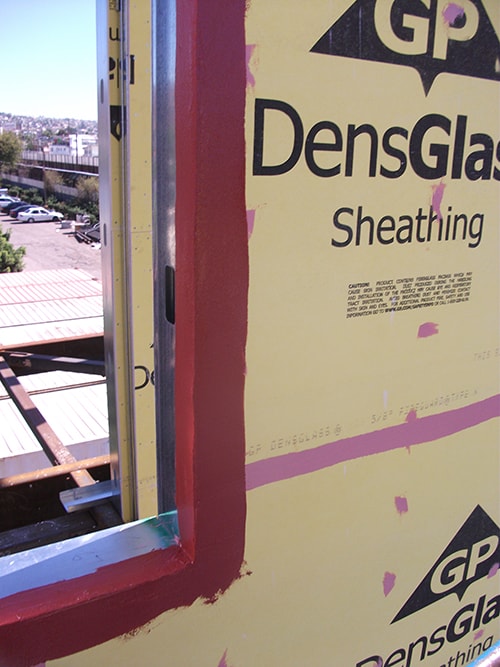
Finally, R-Guard Spray Wrap MVP, a fluid-applied, water-resistant, vapor-permeable membrane, was used to waterproof the structure's exterior sheathing, said Mike Weinert, owner of Applied Restoration.
"This was the first time we've used the product (Spray Wrap) extensively," Weinert said. "We may have done a smaller job in the past, but this is the first larger job we did."
To ensure the project would meet the goal of net-zero energy, the GSA mandated vacuum-testing for air barrier leakage in accordance with ASTM E779, performed by Professional Services Industries Inc., a private company that specializes in engineering, consulting and testing.
Complicating that task was the variety of components making up the building's exterior, Weinert said.
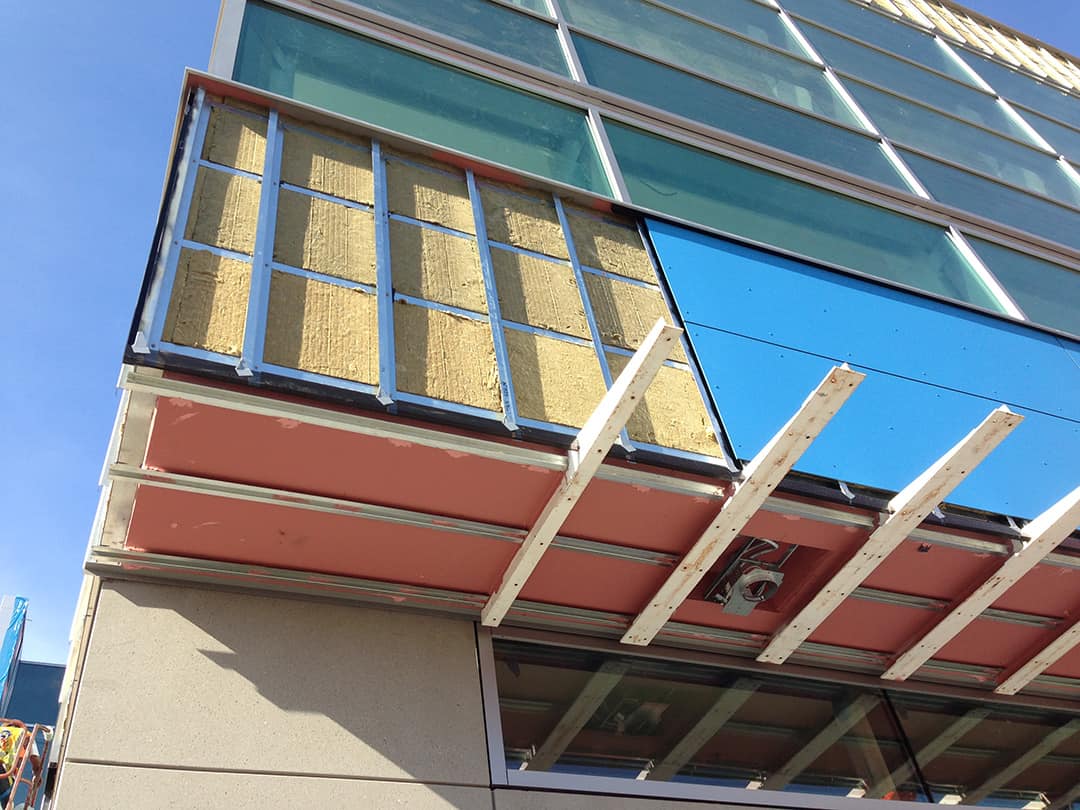
"There was a number of subs that went after us and had to fasten their wall façade through the membrane," he said. "We did our products on the dens glass, and they had glass, metal, there was all kinds of stuff through the membrane."
The results of the testing? PROSOCO's R-Guard air barrier products passed with flying colors — the air leakage results (of approximately 88,000 square feet of air barrier) came in more than 200% less than the maximum target rate set by the GSA.
"Hensel Phelps (the general contractor) did a great job of coordinating the subs in a number of meetings that discussed how we would all come together as a team to make sure that we passed the test," Weinert said. "Everyone took an interest in making sure it was done correctly."
Hiram Jimenez, office engineer at Hensel Phelps, said he expects the project to earn LEED Gold Certification by the end of the year, about the same time he estimates the job will be completed.
![]()

